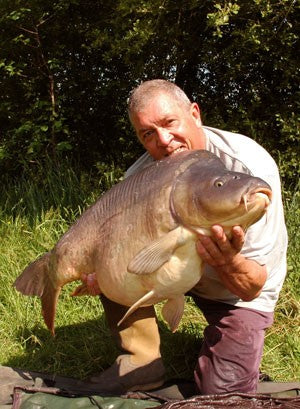At this time of the year carp are busy feeding up on just about anything they can get their teeth around in order to replace lost salts, vitamins and minerals that have become depleted during the long winter months.
Their prime requirement at this time is energy to recharge the batteries and protein to help repair tissue damaged during spawning, and some of the best providers of these two vital components of their diet are bird foods and cereals. We have already dealt with bird foods in previous articles so today this time I will look more closely at cereals, and at groats in particular.
One of the best mass baits going is hemp seed. These oily little seeds are full of energy boosting oil but they are not particularly nutritious from a protein providing point of view. We can instead look at groats to provide the quick release protein that carp require, and a balance of hemp seed and groats gives the best of both worlds. Not only is the blend of seeds and grains nutritious, it also works in the angler’s favour by promoting preoccupied and at time aggressive feeding…and the harder they feed the easier they are to catch!
Now you may at this point be saying to yourself, well that doesn’t seem like a very attractive diet, but then its not for you, it’s for the carp, and remember in the spring they will east just about anything you put in front of them!
We have dealt with hemp seed before so lets take a look in a bit more detail at groats, arguably every bit as good a bait as hempseed and easier to prepare. I am a huge fan of groats and have lost count on the number of carp I have caught stalking them in the margins feeding small compact beds of prepared groats.
As I said, groats are dead easy to prepare:
1. Pour 5kg dry groats into a large bucket that has a well-fitting lid.
2. Add 50ml molasses and 50ml Corn Steep Liquor.
3. Add boiling water so that the bait is covered by at least two inches of water. Stir well.
4. Put the lid on and leave the grains to soak up the sweetened water.
5. After 12 hours the bait is ready for use. What could be simpler?
At push you could actually use cold lake water but I prefer to use boiling water if possible, as the heat tends to encourage the grains to swell up more and to soften considerably.
Which ever method you use you will note that the water goes thick and milky and I am certain in my own mind that this sweet-smelling liquid is what gives groats their initial pulling power. Carp seem to home in on the milky cloud as soon as the groats are introduced and once you have seen the way the feed on the little yellow grains you will not need any further convincing that this is a bait that they simply adore!
Obviously tiny baits like groats and hemp seed do not make ideal hookbaits: it would be a lesson in frustration were you to try to thread a couple of dozen seeds or grains onto a hair rig! However, there is one way of tiny seeds as a hook bait and that is by wrapping some bait in mesh or a section of tights or stockings. Simply take a pinch of bait and place it in the center of the mesh. Gather the mesh around the bait so that it is tightly enclosed, then twist the material to form a tightly wrapped parcel of bait. Now use a piece of bait floss or heavy thread to tie the mesh beneath the bait. Trim away the surplus mesh and bait floss and mount the wrapped seeds or grains on your hair as normal. You can even add a cork ball in the middle of the bait if you wish to make a pop-up hookbait. You can perform the same trick with any tiny seed; it even works well with pellets!
Carp become very aggressive when feeding on mass baits such as groats or hemp seed and once they are feeding hard like this they will usually accept the hookbait without a hint of suspicion. It is important to understand a carp’s dietary priorities at this time of the year and now is the time when their need for energy and protein is at its greatest. You can help them recover from the rigours of spawning by incorporating these important dietary factors in their diet and baits containing elevated levels of energy-giving nutrients such as fats and proteins will work well at this time of the year.
The best source of health-giving fats is fish oils, but in addition many birdfoods also contain polyunsaturated fats and Omega 3, 6 and 9 essential fatty acids which are also very good for carp at this time of the year. In addition you can add fish oils to any base mix you like in order to provide an easily digestible source of beneficial fatty acids.
Just about any well put together birdfood bait will be acceptable during the post-spawning period and if you can also feed them a bait that will help them recover from the efforts they expend during the spawning period, so much the better.
Don’t forget the effect the warming sun has on the lake. Natural food starts to increase rapidly and as the sun climbs higher in the sky with each passing day, so the warmer water stirs the rich soup of lake water into life. Once spawning is out of the way the carp will soon revert to their favourite natural larders so keep and eye out for fish showing in certain areas. If you see fish showing in a particular spot it could mean that they are showing over a food larder. Once or twice in the same place could easily be coincidence but if you see fish showing regularly in the same general area it almost certainly means there is natural food in the area.
The warmer water temperatures will also start to encourage the weed growth and with the weed comes yet more natural food. Emergent weeds will almost certainly hold carp, as will the first shoots of floating weeds such as lily pads. Other types of beneficial weed like water milfoil now start to gather into large clumps and this very rich weed will invariably attract carp. I love fishing to areas of weed during the spring, as it seems to me that drawn towards pads and other areas of food-harbouring weed more in the springtime than at any other time of the year. I love to bait up the margins, especially around weedy areas so I can keep an eye on them on a daily basis to see what’s being eaten and when. This is especially useful when trying to establish feeding areas around a lake. Often carp will come right in close to the margins after dark and if you can be up with the lark you may still find them feeding in the early morning.
Just as it gets dark I like to bait up several less busy marginal areas where I can see the bait lying on the bottom. Next morning I check to see if it has been eaten. If the bait has gone there is every chance that the carp responsible will return the next night so this time I make sure there’s a hookbait waiting for them.

Groats are so easy to prepare. This is all you require.
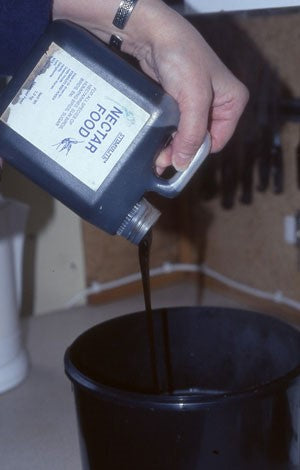
Pour 5kg dry groats into a large bucket that has a well-fitting lid and then add 50ml molasses and 50ml Corn Steep Liquor.
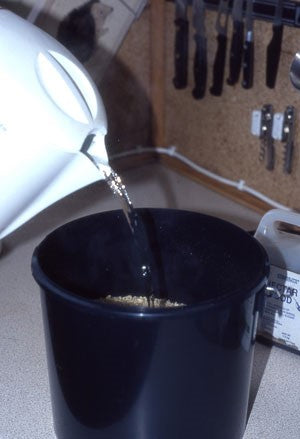
Add boiling water.

Make sure that the bait is covered by two inches of water.

Stir well in order to distribute the attraction.

Put the lid on and leave the grains to soak up the water. After 12 hours the bait is ready for use. What could be simpler?
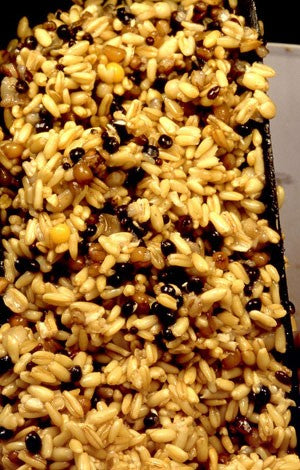
Mix together equal parts of prepared hempseed and groats…the best of both worlds. 
You can use mesh or stocking to create a hookbait of seeds or grains. Here I have used a section of tights to create a hookbait of cooked hempseed.

You can do the same with pellets.

Spawning is a great leveler in the spring and its timing can be have a crucial effect on your sport.

The best source of health-giving fats is fish oils, but in addition many birdfoods also contain polyunsaturated fats.
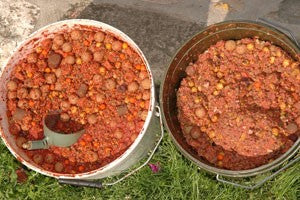
Just as it gets dark I like to bait up several less busy marginal areas where I can see the bait lying on the bottom. This is my usual groundbait that I use for prebaiting a margin swim. It is based around SuperRed™ but it also contains boilies, whole and crushed tiger nuts and extra peanut granules.
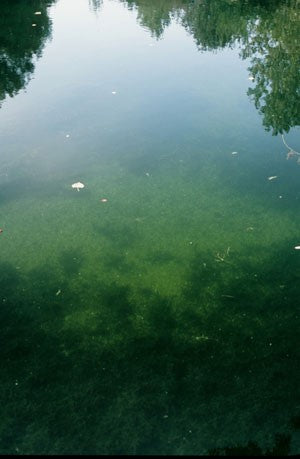
You can tell if they have been feeding on your marginal patch of bait…they’ll have polished it clean!
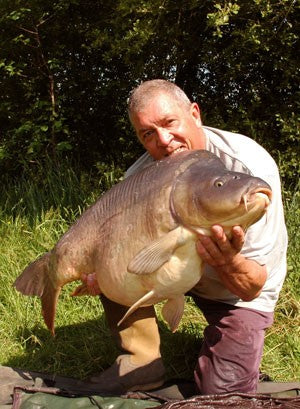
This big girl liked her groats in the morning!
Written by Ken Townley

